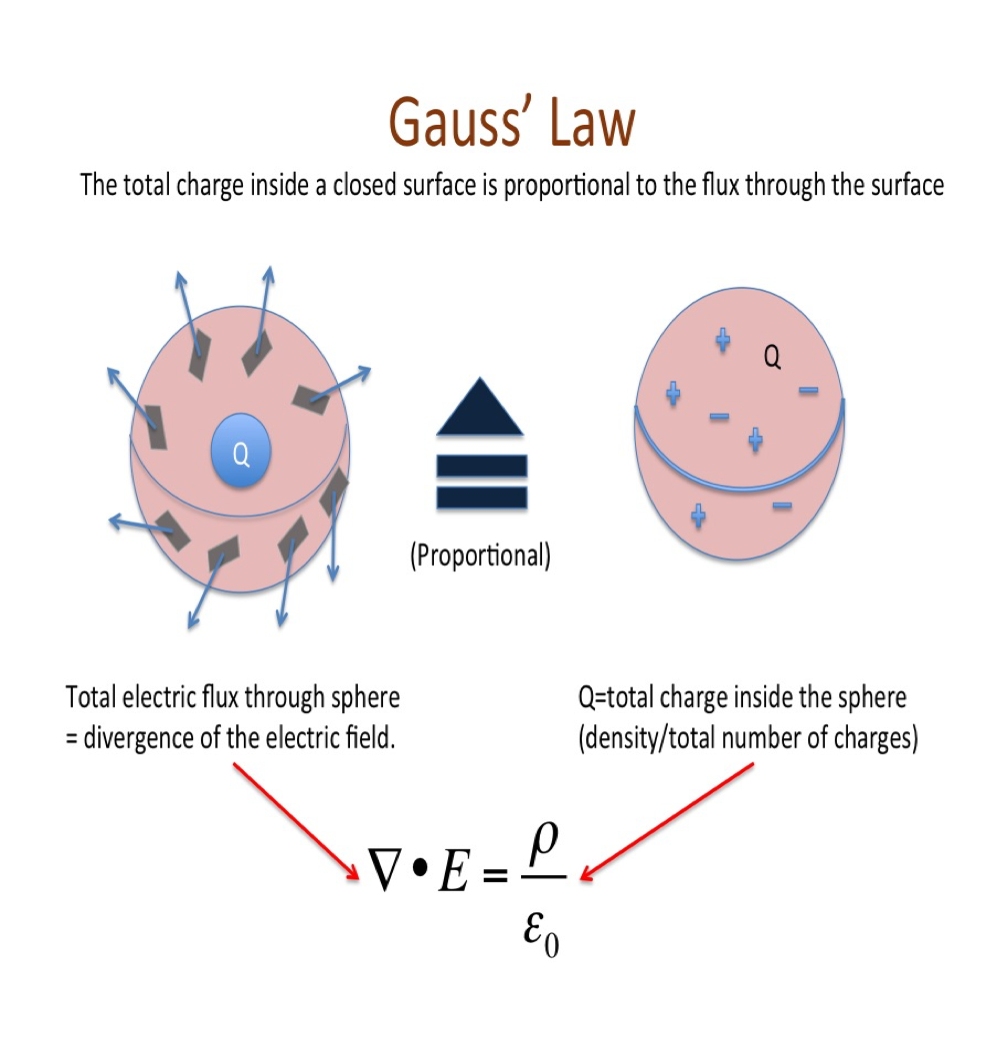Radar: Gauss's Law
Radar: Gauss's Law
Gauss's Law is all about the plight of an electric charge. That spark that you get when you touch a metal doorknob after you slide your feet through carpet is a force, along with the magnetism that makes a balloon stick to your hair after you've spent some time rubbing it against your head. In fact, it's so pervasive, we heard Pixar's going to make a movie about what electromagnetic forces do while we aren't looking.
(At least they will once they see our totally rad screenplay called: Gauss: A Force to be Reckoned With.)
Aside from inspiring our mainstream kid movie dreams, Gauss's Law describes a force that explains how electric fields work.
Gauss's Law is a little bit different than what we'll be talking about here. It doesn't just apply to electric fields—or any physical field, for that matter. In fact, it can actually be applied to any closed surface, whether in 3 or 3,000 dimensions. But radars only need to worry about three dimensions.
[Whew]
Gauss's Law, as interpreted by electrostaticians, says that the total charge inside a closed surface is related to the flux—the amount of stuff in the area—through the surface. (Source)
Translation: you can't take more flux than the object has. Say you have an orange. If you pierce an orange with tons of straws and then squeeze, will we be able to have an unlimited amount of orange juice? Both in this analogy and in real life, the answer's no. Once you run out of juice, that's it. Just like juice in an orange, the amount of electricity in a field only has a certain amount of…juice (or flux). The electric field needs a source to send out energy, since energy can't actually be made or destroyed.

You do you, electric charge. You do you.